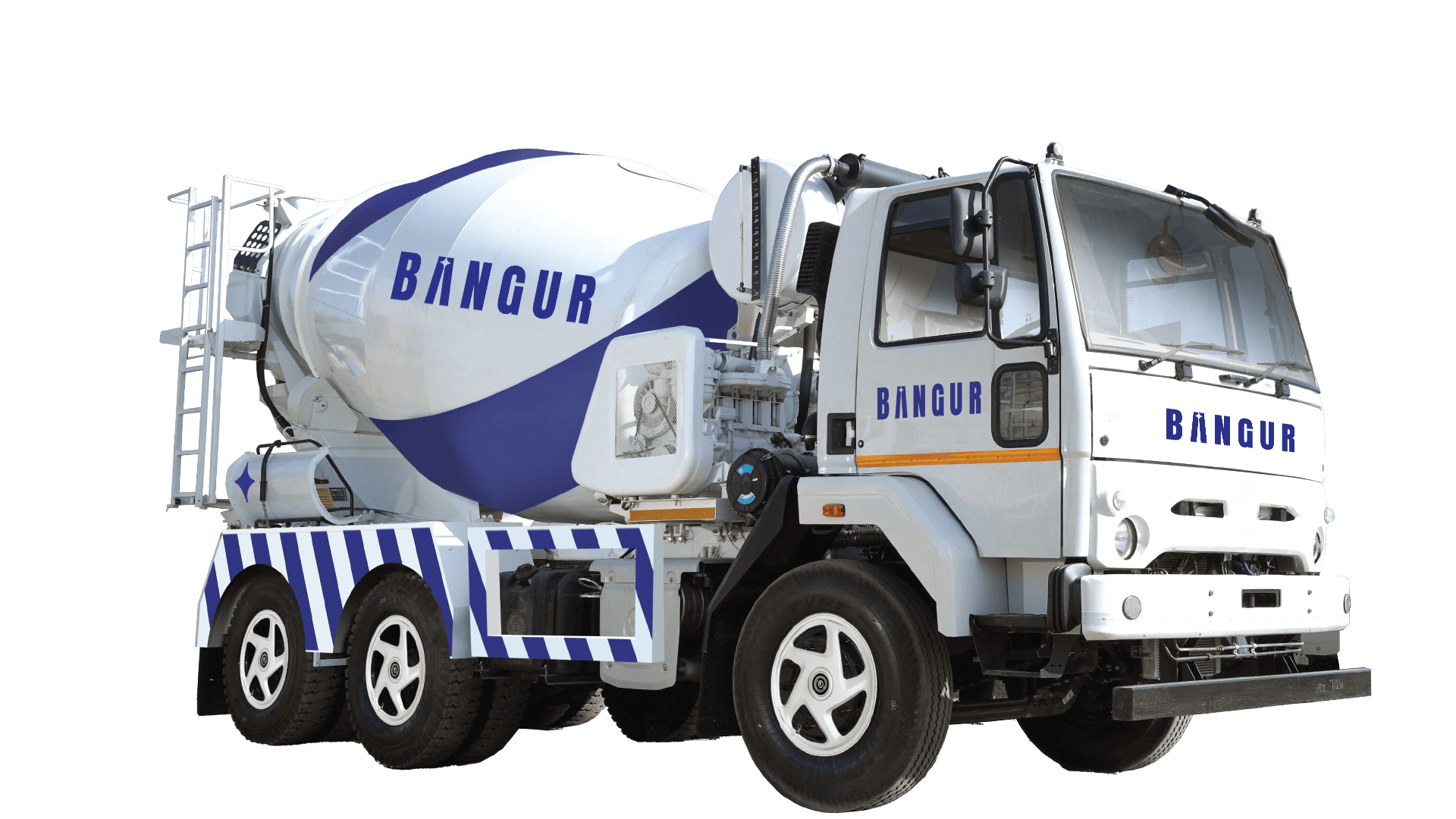
Shuttering Work in Construction: Types, Materials, and Best Practices
- Jun 25
- 4 min read
Shuttering plays a crucial role in construction by providing temporary support to concrete structures until they gain sufficient strength. It ensures the desired shape, stability, and finish of the structure while preventing concrete leakage. Choosing the right shuttering materials and techniques can impact the quality, efficiency, and cost of a project.
In this blog, we’ll explore different types of shuttering, commonly used materials, and best practices to follow for a successful construction process.
What is Shuttering Work in Construction?
Shuttering, also known as formwork, is the temporary mold used to hold freshly poured concrete in place until it hardens. It helps shape structural elements like columns, beams, slabs, and walls while ensuring they maintain their intended form.
Though the terms "shuttering" and "formwork" are often used interchangeably, shuttering specifically refers to the vertical molds used for columns, walls, and other upright structures, whereas formwork includes both horizontal and vertical molds.
SO now that you have a basic idea of what shuttering work in construction is, let us dive deeper into the different types of shuttering.
Types of Shuttering in Construction
Different types of shuttering are used depending on the project requirements, budget, and durability expectations. Here are the most common types:
Timber Shuttering – A traditional and widely used method made from wooden planks. It is easy to assemble and adjust but requires skilled labor and regular maintenance.
Plywood Shuttering – A smoother and more refined alternative to timber, offering better surface finishes and reusability. Ideal for residential and commercial projects.
Steel Shuttering – Strong, durable, and reusable, making it perfect for large-scale projects and repetitive use. It provides a smooth finish and reduces concrete wastage.
Plastic Shuttering – Lightweight and easy to handle, plastic shuttering is best for simple structures and small projects. It is also reusable and resistant to moisture.
Aluminum Shuttering – Known for its corrosion resistance and lightweight properties, aluminum shuttering is commonly used in high-rise construction. It is fast to install and ensures uniform finishes.
Shuttering Materials and Their Applications
The choice of shuttering material depends on factors such as durability, cost, ease of use, and the type of structure being built. Here’s a breakdown of common shuttering materials:
Wood and Plywood – Cost-effective and easy to work with, making it ideal for small projects and temporary structures. However, it has limited reusability and requires proper waterproofing.
Steel and Aluminum – Best for large and repetitive projects due to their strength and longevity. They provide a smooth finish and reduce the risk of concrete leakage.
Plastic and Fiberglass – Suitable for curved and customized designs, offering good reusability with minimal maintenance.
Fabric Formwork – A modern alternative used for flexible and innovative concrete structures. It allows for unique shapes and reduces material usage.
Best Practices for Shuttering Work
To ensure high-quality construction and efficient use of shuttering, follow these best practices:
Proper Alignment and Support: Ensure shuttering is securely placed to prevent concrete leakage and deformation.
Use Quality Materials: Avoid low-quality materials that can warp or break under concrete pressure.
Regular Maintenance and Storage: Clean and store reusable shuttering properly to extend its lifespan.
Follow Safety Measures: Workers should use protective gear, and shuttering should be removed only after the concrete has sufficiently hardened.
Prevent Water Leakage: Proper sealing and application of release agents help prevent water loss, which can affect the concrete’s strength.
Conclusion
Shuttering is an essential part of construction that determines the strength, shape, and finish of concrete structures. Choosing the right type and material of shuttering can significantly impact a project's efficiency, cost, and durability. By following best practices, construction professionals can ensure safe, reliable, and high-quality results.
For long-term benefits, investing in durable shuttering materials and skilled labor is key to successful construction projects.


